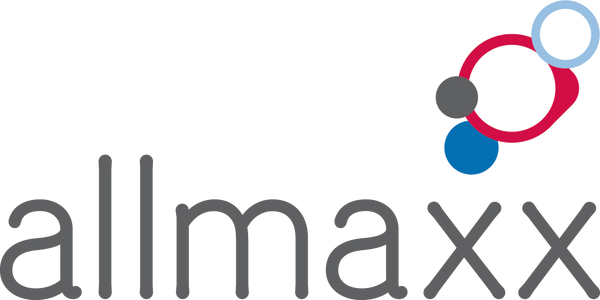Learning methods for effective work
After the holidays, to which we owe the student winter holidays, there are no more excuses: the exams are just around the corner and we have to learn everything we can. For many people, the idea of studying for several exams at the same time or learning highly complex material in a short period of time is sheer horror. This is often because people learn incorrectly. What is the perfect learning method for one person is not the right way to study for a test for another. Apps and online tools or the good old highlighter?
We would like to introduce you to five learning methods that will help you master the upcoming exam phase - and all the exams that come after it - as efficiently and with good results as possible.
Studying for exams: five tips
Every person is different, that much is clear. But that also means: Each of us learns differently. While for some people music is an indispensable learning aid, others can only concentrate in absolute silence, some understand the most when learning in a group, others have to learn for themselves and so on. Below we will introduce you to some options and methods for studying for an exam.
Learning in a group
Study groups are effective and offer you many advantages. On the one hand, in a self-organized learning group you can benefit from the knowledge of the other participants, have any uncertainties explained to you in an understandable way and bring in your own technical knowledge. On the other hand, learning units can be divided into portions: It is very effective, for example, to divide the material among each other, to understand your “own” learning unit and to convey the learned material to your group mates in the style of a presentation.
Plus point: Not only is it very efficient, it can even be fun under certain circumstances! In addition, almost all learning channels are addressed through active listening, speaking and reading.
Disadvantage: All learning participants have to pull together and approach learning with the same motivation.
Learning using apps
It sounds strange at first, but for some types of learners it is a very effective learning method: Snapchat, Instagram and Facebook distract you from studying at regular intervals? Then learning with the help of apps might be just the right place to start. This way you can learn quickly and conveniently and, above all, no matter where you are. You can implement all apps on both your smartphone and tablet. So, if you're tempted to hit the blue Facebook button, suppress the urge and click on one of your new learning apps instead. Better conscience guaranteed!
Plus point: Access anywhere, learning on the go, quick and easy.
Disadvantage: Very high risk of distraction!
Mind mapping
When it is important to distinguish between many terms and then understand them, so-called mind mapping can become established. As the name suggests - and as you probably already know it from school - the aim is to use a tree diagram to represent structures in an understandable and concise manner in clear “maps”, i.e. folders. In this way, you not only create a kind of "map of knowledge" step by step: By deciding beforehand how you can summarize the material in order to compress your knowledge into the mind map, you have to read the material thoroughly and briefly present complex content . At the end you have a clear, very concise visualization of the core messages of the material.
Plus point: Very thorough repetition of the material, condensing complex structures to the essentials.
Disadvantages: We don't know which ones!
Index cards
Back to the roots: What worked well in school can't hurt at university either. Many people use flashcards to learn vocabulary, but the useful cards can also be used perfectly with brief summaries from other subject areas. The same applies here: only the essentials are put on the cards; there is no space for too many explanations. And the best thing: With the help of flashcard sets you can easily "question yourself" and test your knowledge. There is a term on the front and brief, understandable explanations on the back. Compact knowledge for on the go!
Plus point: Ideal for testing yourself, can be taken anywhere, knowledge compressed into the smallest space.
Disadvantages: Here, too, we are unsure which points we could sell to you as disadvantages.
Combine your own scripts
For complex material with a lot of text, it is advisable to summarize longer scripts in your own words. This is how you address the learning channels of reading and writing. If you want, you can read the texts out loud to increase the learning effect. In this way you ensure that you go through the material completely, understand it and reproduce it.
Plus point: thorough work through of the learning material.
Disadvantages: Not for lazy writers, relatively time-consuming.
Conclusion: No matter how you learn most effectively, all methods have one thing in common: no pain, no gain!
Mind maps, online apps or the good old highlighter? Before eating or after eating? We'll tell you which learning methods are the most effective.






